Aad de Haas - "A Hymn of Praise for a Love" Guardian and Lover - Sold
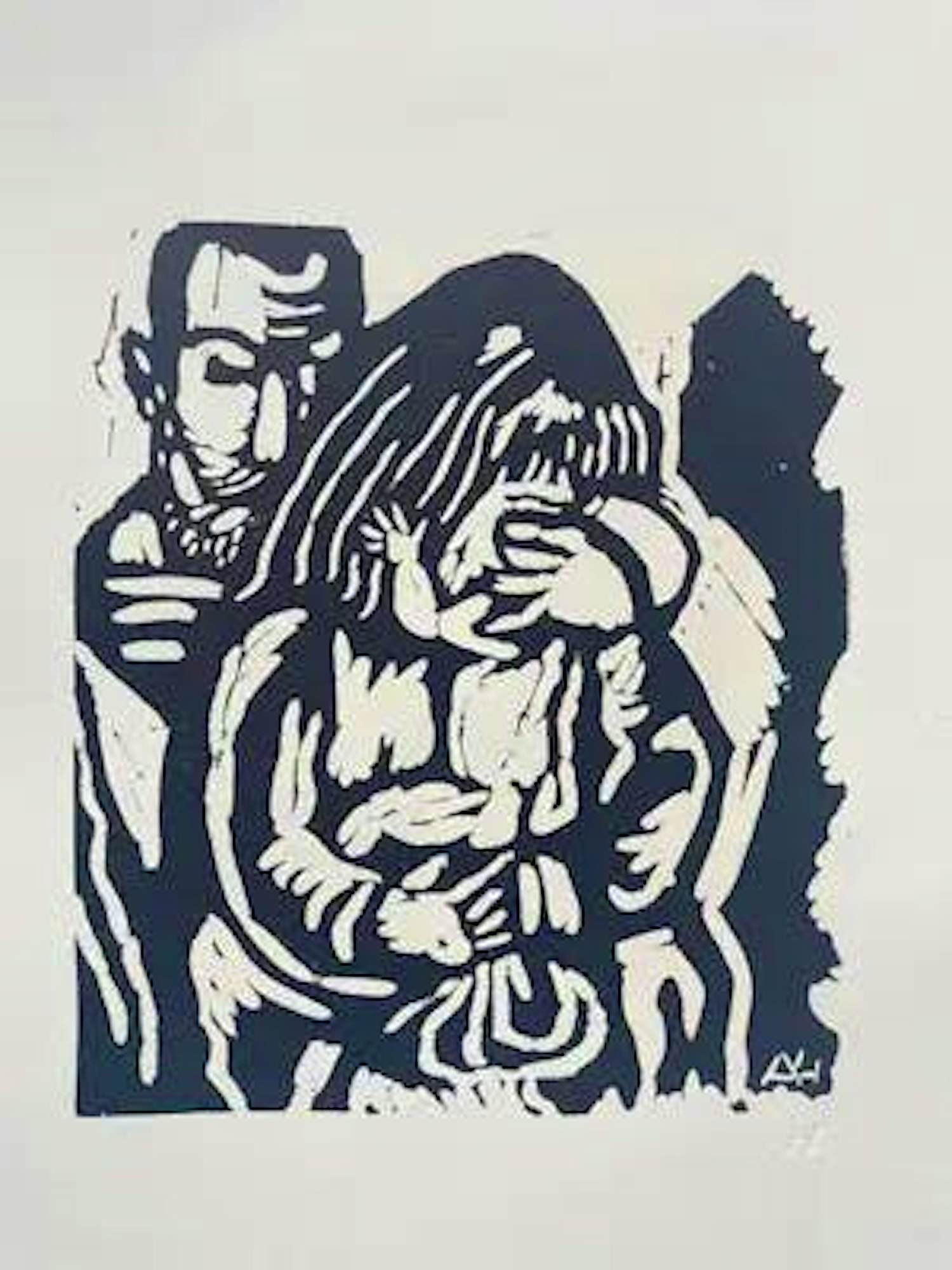
This item has been sold Show item
- Description
- Aad de Haas (1920-1972)
| Type of artwork | Prints & Editions |
| Year | 1981 |
| Technique | Wood/Linocut |
| Style | Expressionist |
| Subject | Eroticism |
| Framed | Not framed |
| Dimensions | 56 x 38 cm (h x w) |
| Signed | Unsigned/Print signed |
| Edition | nummer 24 |
Translated with Google Translate. Original text show .
Complete set of 25 prints / linoleum cuts by Aad de Haas in a portfolio, published posthumously in 1981 in collaboration with the Van Spijk printing house, Venlo.
The 25 sheets are in very good condition.
The cover of the map shows signs of wear - the prints (linoleum cuts) are very well preserved.
No signatures / Embossing N (printed by Nel de Haas)
H 56 x W 38 cm
Adrianus Johannes (Aad) de Haas (Rotterdam, 30 December 1920 - Schaesberg, 21 March 1972), was a Dutch sculptor, graphic artist and painter, whose work is usually characterised as figurative expressionist.
Life cycle
He grew up in a Catholic environment and, after graduating from MULO, studied at the Rotterdam Academy of Fine Arts.
De Haas witnessed the bombing of Rotterdam. His work was labeled "degenerate" by the occupying forces, and he ended up in prison. In 1944, he and his wife Nel managed to flee to South Limburg, where he would remain for the rest of his life and work as a passionate and socially engaged artist. From 1952 onwards, he lived in Strijthagen Castle in Schaesberg.
In the years following World War II, he played a unique role in the Limburg art scene. He resolutely rejected trend-driven developments and continued to work in a highly distinctive and personal oeuvre within a figurative, expressionist tradition. For De Haas, this idiosyncrasy wasn't a stylistic issue. He is characterized by an absolute fusion of his life and work and by a relentless production: he could not help but create "beautiful things," entirely for his own "joy." De Haas was always a bit of a contrarian in his work ethic and life; activism and autonomy went hand in hand for him.
Aad de Haas died in 1972 at the age of 51, leaving behind a vast oeuvre of works in various techniques and styles, recognizably reflecting his unique visual language and the universal themes he holds dear. Religion, suffering, power, resistance, seduction, and eroticism are recurring themes in his work, often interwoven with experiences from his personal life. De Haas's work holds up a mirror to society, as it were: his art speaks of a conscience.
De Haas's name is primarily associated with the conflict surrounding his murals in the St. Cunibertus Church in Wahlwiller. Resistance to these Stations of the Cross, which he completed in 1947, grew within the church, and they were eventually removed by order of the Diocese of Roermond, under the episcopate of Bishop Guillaume Lemmens. They were only returned in 1981, with the help of Bishop Jo Gijsen. In 1996, Bishop Frans Wiertz apologized on behalf of the Roman Catholic Church, and De Haas was posthumously rehabilitated.[1]
In 1949, De Haas was awarded the Artists' Resistance Foundation 1942-1945 Prize by the Foundation for Artists' Resistance. In 1994/1995, the Stadsgalerij Heerlen purchased part of De Haas's artistic estate from his heirs. This acquisition included over 250 works (paintings, drawings, monotypes, and prints). Today, the extensive Aad de Haas collection is housed in the SCHUNCK municipal collection (Heerlen). Furthermore, the artist's work is included in Dutch museum and private collections.
The 25 sheets are in very good condition.
The cover of the map shows signs of wear - the prints (linoleum cuts) are very well preserved.
No signatures / Embossing N (printed by Nel de Haas)
H 56 x W 38 cm
Adrianus Johannes (Aad) de Haas (Rotterdam, 30 December 1920 - Schaesberg, 21 March 1972), was a Dutch sculptor, graphic artist and painter, whose work is usually characterised as figurative expressionist.
Life cycle
He grew up in a Catholic environment and, after graduating from MULO, studied at the Rotterdam Academy of Fine Arts.
De Haas witnessed the bombing of Rotterdam. His work was labeled "degenerate" by the occupying forces, and he ended up in prison. In 1944, he and his wife Nel managed to flee to South Limburg, where he would remain for the rest of his life and work as a passionate and socially engaged artist. From 1952 onwards, he lived in Strijthagen Castle in Schaesberg.
In the years following World War II, he played a unique role in the Limburg art scene. He resolutely rejected trend-driven developments and continued to work in a highly distinctive and personal oeuvre within a figurative, expressionist tradition. For De Haas, this idiosyncrasy wasn't a stylistic issue. He is characterized by an absolute fusion of his life and work and by a relentless production: he could not help but create "beautiful things," entirely for his own "joy." De Haas was always a bit of a contrarian in his work ethic and life; activism and autonomy went hand in hand for him.
Aad de Haas died in 1972 at the age of 51, leaving behind a vast oeuvre of works in various techniques and styles, recognizably reflecting his unique visual language and the universal themes he holds dear. Religion, suffering, power, resistance, seduction, and eroticism are recurring themes in his work, often interwoven with experiences from his personal life. De Haas's work holds up a mirror to society, as it were: his art speaks of a conscience.
De Haas's name is primarily associated with the conflict surrounding his murals in the St. Cunibertus Church in Wahlwiller. Resistance to these Stations of the Cross, which he completed in 1947, grew within the church, and they were eventually removed by order of the Diocese of Roermond, under the episcopate of Bishop Guillaume Lemmens. They were only returned in 1981, with the help of Bishop Jo Gijsen. In 1996, Bishop Frans Wiertz apologized on behalf of the Roman Catholic Church, and De Haas was posthumously rehabilitated.[1]
In 1949, De Haas was awarded the Artists' Resistance Foundation 1942-1945 Prize by the Foundation for Artists' Resistance. In 1994/1995, the Stadsgalerij Heerlen purchased part of De Haas's artistic estate from his heirs. This acquisition included over 250 works (paintings, drawings, monotypes, and prints). Today, the extensive Aad de Haas collection is housed in the SCHUNCK municipal collection (Heerlen). Furthermore, the artist's work is included in Dutch museum and private collections.
| Condition | |||||||||||
| Condition | Very good | ||||||||||
| map / portfolio show traces of time | |||||||||||
| Shipment | |||||||||||
| Shipment | Parcel post | ||||||||||
| Price | Up to 2 kg.
| ||||||||||
| Guarantee | |||||||||||
| Guarantee | By putting the item up for auction, I agree with the Terms of Guarantee as they are applicable at Kunstveiling regarding the accuracy of the description of the item | ||||||||||
The seller takes full responsibility for this item. Kunstveiling only provides the platform to facilitate this transaction, which has to be settled directly with the seller. More information .


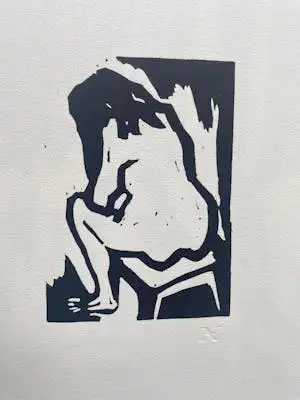
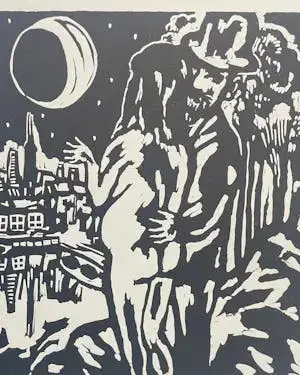
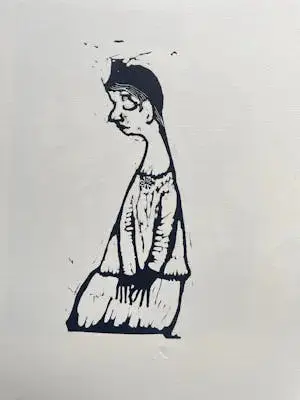


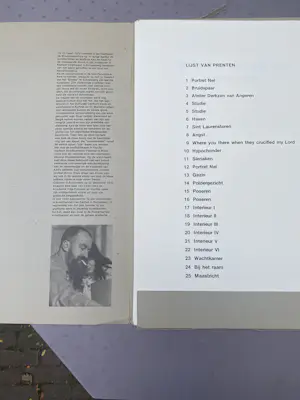
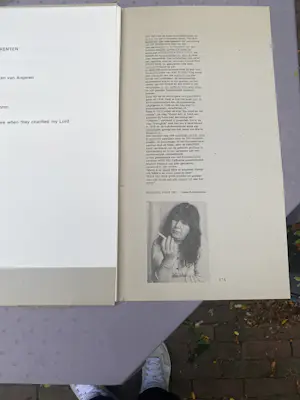
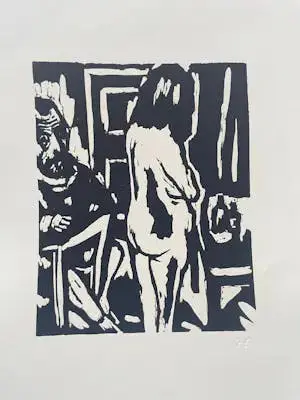
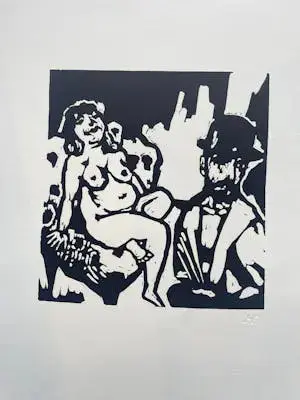
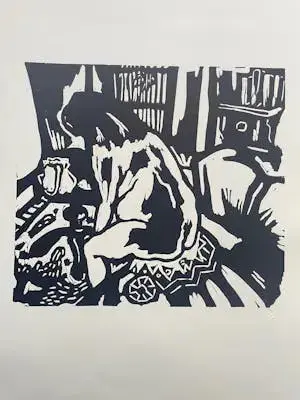

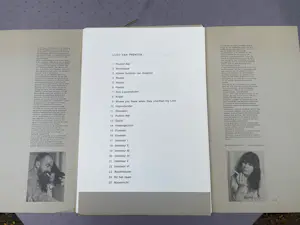
 Dutch
Dutch